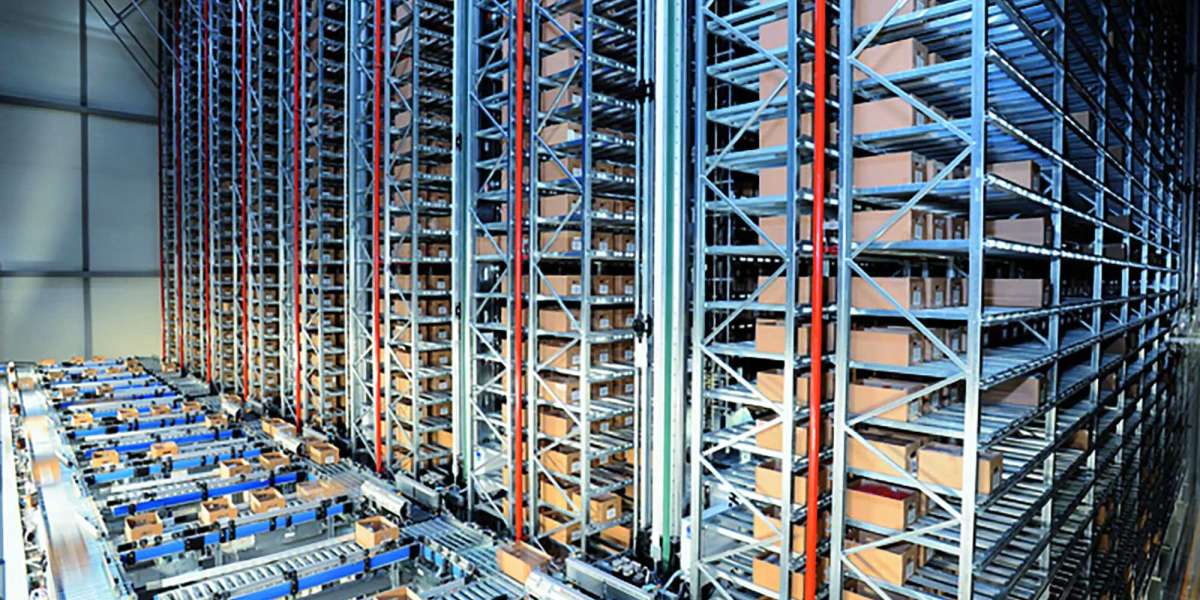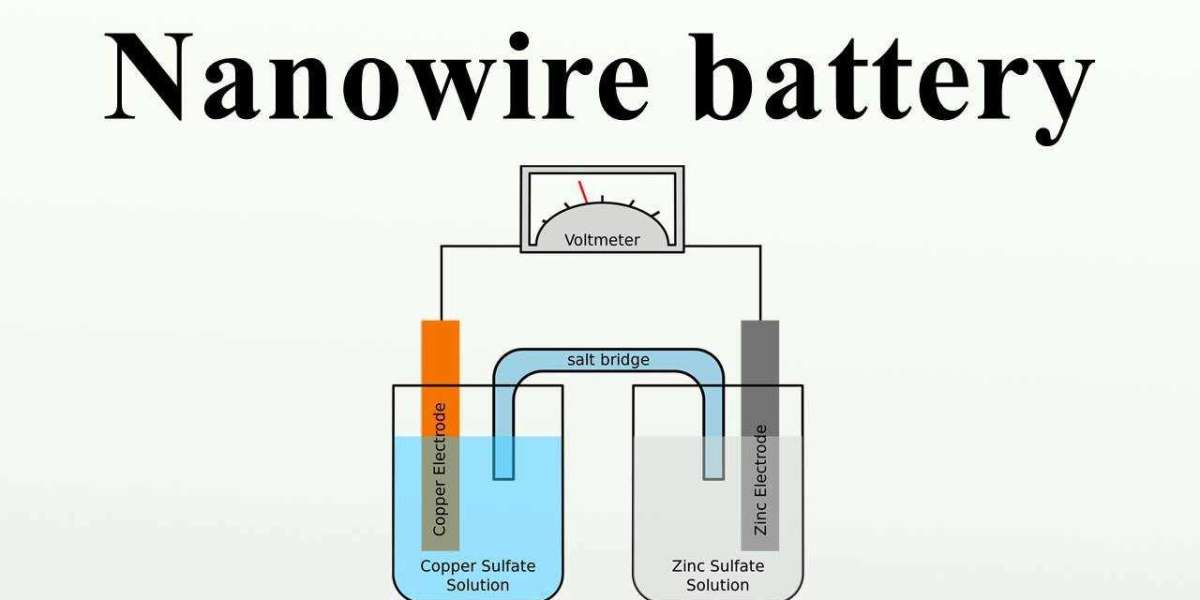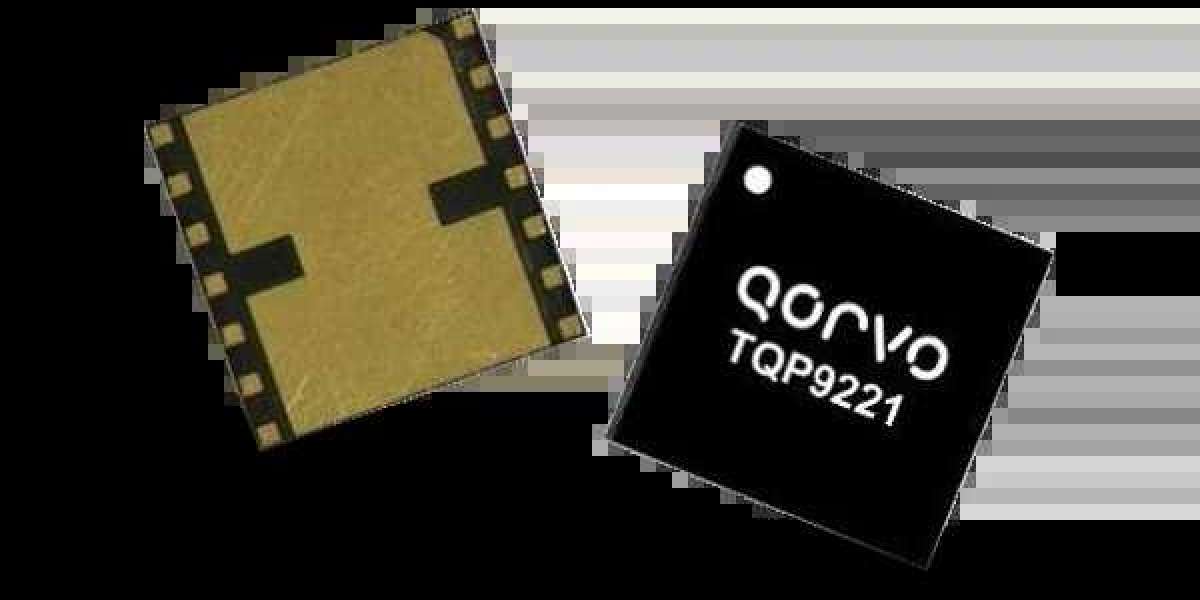One of the remarkable aspects of condensed matter physics is the idea of emergent quasiparticles, where through the interactions of many underlying degrees of freedom, new excitations emerge that are long-lived and often can propagate around in ways very different than their underlying constituents. Of course, it’s particularly interesting when the properties of the quasiparticles have quantum numbers or obey statistics that are transformed from their noninteracting counterparts. For example, in the resonating valence bond model, starting from electrons with charge \(-e\) and spin 1/2, the low energy excitations are neutral spin-1/2 spinons and charge \(e\) holons. It’s not always obvious in these situations whether the emergent quasiparticles act like fermions (obeying the Pauli principle and stacking up in energy) or bosons (all falling into the lowest energy state as temperature is reduced). See here for an example.
Suppose there is an electrically insulating system that you think might host neutralfermionic excitations. How would you be able to check? One approach would be to look at the low temperature specific heat, which relates how much the temperature of an isolated object changes when a certain amount of disorganized thermal energy is added. The result for (fermionic) electrons in a metal is well known: because of the Pauli principle, the specific heat scales linearly with temperature, \(C \sim T\). (In contrast, for the vibrational part of the specific heat due to bosonic phonons, \(C \sim T^3\) in 3D.). So, if you have a crystalline(*) insulator that has a low temperature specific heat that is linear in temperature (or, equivalently, when you plot \(C/T\) vs. \(T\) and there is a non-zero intercept at \(T=0\)), then this is good evidence for neutral fermions of some kind. Such a system should also have a linear-in-\(T\) thermal conductivity, too, and an example of this is reported here. This connects back to a post that I made a month ago. Neutral fermions (presumably carrying spin) can lead to quantum oscillations in the specific heat (and other measured quantities).
This kind of detective work, considering which techniques to use and how to analyze the data, is the puzzle-solving heart of experimental condensed matter physics. There is a palette of measurable quantities - how can you use those to test for complex underlying physics?
(*) It’s worth remembering that amorphous insulators generally have a specific heat that varies like \(T^{1.1}\) or so, because of the unreasonably ubiquitous tunneling two-level systems. The neutral fermions I’m writing about in this post are itinerant entities in nominally perfect crystals, rather than the localized TLS in disordered solids.











